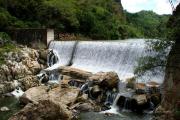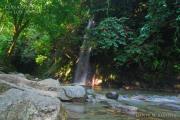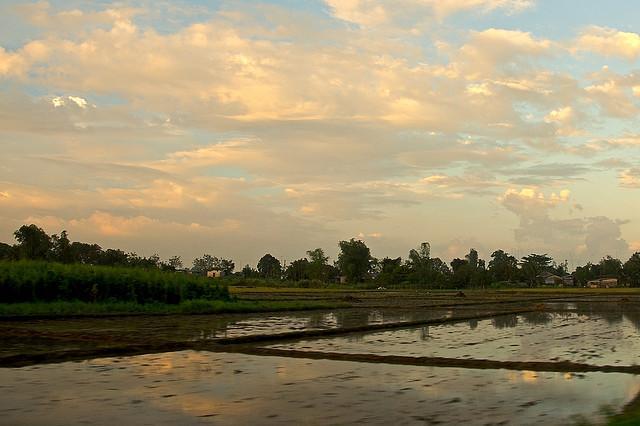
A blessed name
Nestled in the very heart of the central plains of Luzon, Pampanga derived its name from the Kapampangan language “pampang,” which means “riverbanks” or people living along riverbanks, for it was an ancient empire that once stood along the shore of Zambales in the north and extending as far as Mt. Arayat, the Rio Grande De Pampanga or the great Pampanga River.
An astounding history
The Kapampangan bravery and independence of spirits is firmly embroidered as one of the rays of the sun in the Philippine flag, symbolic of its position as one of the first to rise against the colonizers. For a time, the town of Villa De Bacolor became the capital of the Philippines during the British occupation in 1762 to 1764.
During World War II, Pampanga was the scene of many bloody combats. Clark Air Base, a large American military installation in Angeles City, was among the first targets of the Japanese invaders. The tragic Death March ended in the railway station of San Fernando, from where the weakened soldiers were transported to Capas in Tarlac.
A resilient province
The history of the province reveals the character and quality of the people: industry, faith, toughness, intellect, creativity, leadership, bravery. For all these traits, Pampanga stands as it has proudly stood before, solidly claiming its rightful place of leadership among the province of the nation.
Progress flourished after the grant of independence to the Philippines. Industries began to make headway, due to the accessibility of the province and the laying of the first concrete road from Manila. The largely agricultural commerce of rice and sugar became the flashpoint of agrarian unrest. Subsequent land reform brought peace in the countryside, and the religiosity of the Kapampangans as an influence cannot be discounted either.
The combined natural disasters of earthquakes, lahar flow and typhoons in the 90′s did not dampen the resilient spirit of the Kapampangans. Whole towns were almost obliterated, families were uprooted and the prospect of a large-scale diaspora became a real threat. But the people did not surrender. Armed with their faith in a provident God, the people dug in and adapted so amazingly to the challenges that the nature threw at them. Today, the curse has become a blessing, for the volcanic ash became the source of the quarry industry again just as in olden times.
Sons of the province
Leaders of government were also born here. President Diosdado Macapagal was born in poverty in the town of Lubao, where Former President Gloria Macapagal-Arroyo also spent her first years. Eminent Church personalities were also the sons of the province, such as the first Filipino Cardinal, Rufino Santos.
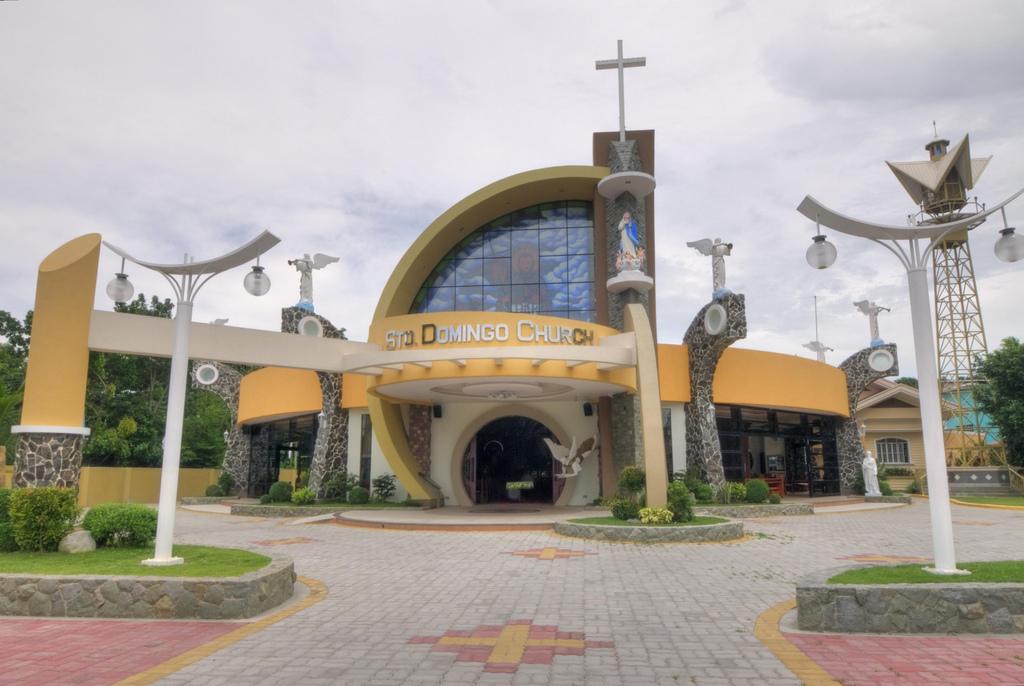
Sto. Domingo de Guzman Parish, Pampanga
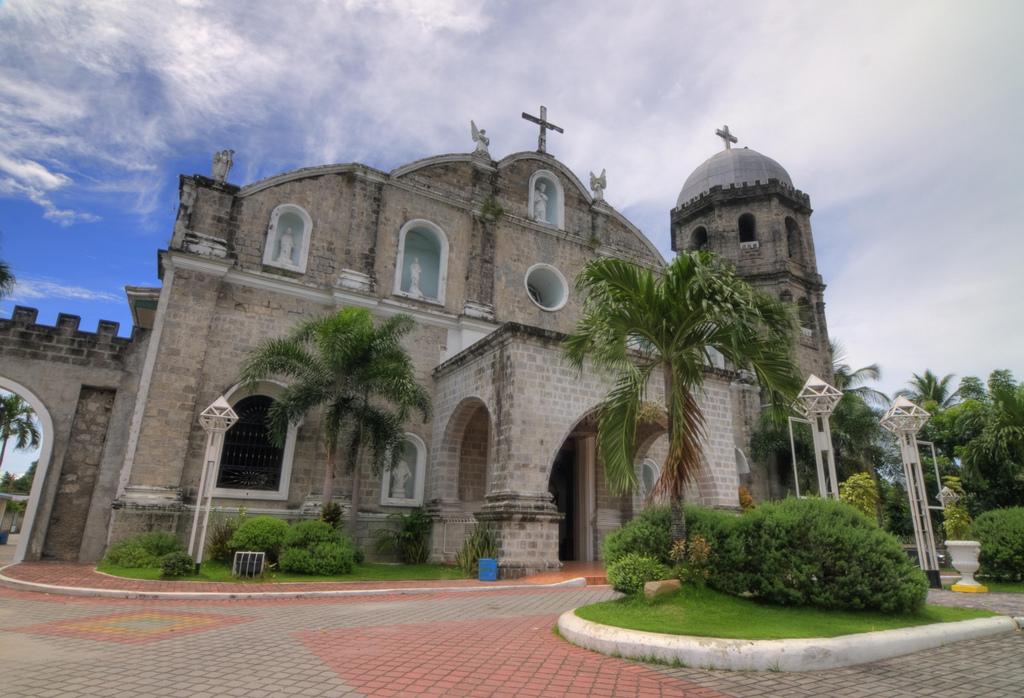
St. Bartholomew Parish of Magalang, Pampanga

